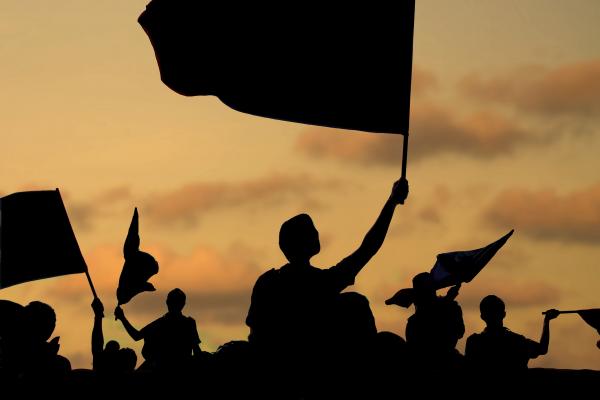Three years ago, I was a U.S. State Department officer deployed to Turkey to work with the Syrian opposition. It was an amazing opportunity to support Syrian activists and civic leaders waging an improbable — yet remarkable — popular struggle, against a criminal regime that responded to peaceful protests with bullets and torture. For [the previous] eight months since the start of the revolution in March 2011, Syrian activists — Sunni, Christian, Kurdish, Druze, and Alawite — had used demonstrations, sit-ins, resistance music, colorful graffiti, online satire, and dozens of other nonviolent tactics to challenge the Assad regime. My task, along with that of my U.S. government and international colleagues, was to aid their efforts.
A year earlier, I co-wrote and published a book with Erica Chenoweth, called Why Civil Resistance Works: The Strategic Logic of Nonviolent Conflict. In it, we tested the conventional wisdom that only violence works against formidable foes like dictatorships and foreign military occupations. In studying 323 violent and nonviolent campaigns from 1900-2006, Erica and I found that nonviolent civil resistance was twice as successful as armed struggle — even against militarily superior opponents willing to use violence. We also found that nonviolent struggle helps consolidate democracy and civil peace.
Read the Full Article

